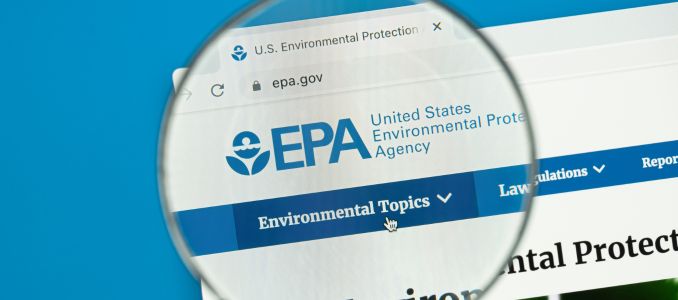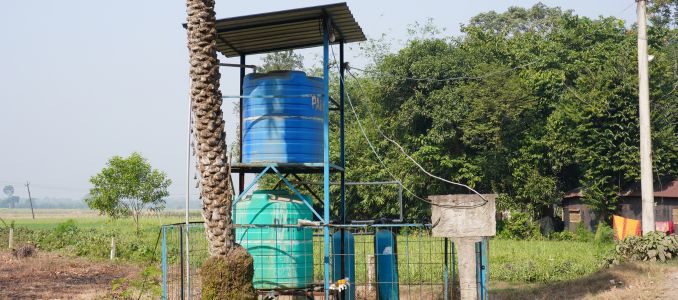
State, federal, and local leaders celebrate the transformation of a former industrial waste site into a 25-acre eco-friendly campground on the Keweenaw Waterway.

The EPA and U.S. Army Corps of Engineers gathered cross-sector input to guide a revised “waters of the United States” rule under the Clean Water Act, following the Supreme Court’s Sackett decision.

From SmartWay-certified carriers to renewable fuels and route optimization, third-party logistics providers are leading the charge in reducing emissions, saving fuel, and shaping a greener, more cost-effective supply chain.

A new workplace movement program shows that brief, targeted activity breaks can reduce discomfort, improve performance, and support long-term employee wellness.

Funding aims to help states and territories test and fix lead-contaminated water at schools and child care facilities nationwide.

From fine particulate emissions to noise and vibration, unchecked construction activity in expanding cities poses growing environmental and health threats.

A major emissions policy targeting fossil fuel plants may be reversed, with grid reliability and legal uncertainty driving the proposed change.

With smoke risks increasing nationwide, officials are equipping households, schools, and workplaces with actionable strategies to safeguard health during wildfire season.

The Senate's confirmation signals a continued focus on regulatory reform, environmental progress, and energy dominance.

Following two fires and months of emergency response, the EPA and local partners have finalized hazardous material removal at the Reading Drum site in Reading, Pennsylvania.

Federal officials say more than 300 sales of a disinfectant wipe product violated labeling requirements designed to ensure public safety and product effectiveness.

Federal inspectors identified chemical risk miscalculations, delayed reporting, and emergency system gaps at a Southern California refinery following a multi-year review.

With mounting pressure from clients, regulators, and supply chains, construction firms are turning to sustainable materials not just for compliance—but for competitive edge.

Long after restrictions and regulations have taken hold in dozens of countries, legacy asbestos continues to expose workers and communities to preventable health risks.

With summer underway, residents across the state are getting crucial updates to help protect their health and reduce harmful emissions during peak ozone months.

A federal plant protection program strengthens its front-line response to growing ecological threats amid climate change and rising global trade.

Monitoring funds will help protect swimmers and support coastal economies across New England beaches.

Infrastructure upgrades bring clean water and reliability to rural Oregon community.

Federal funding will strengthen small and rural water systems through technical assistance, compliance training, and support for private well owners, while also advancing tools like Water ICAT to guide infrastructure investments.

Targeted federal grants will help municipalities assess and clean up underused properties, paving the way for new development and healthier communities.